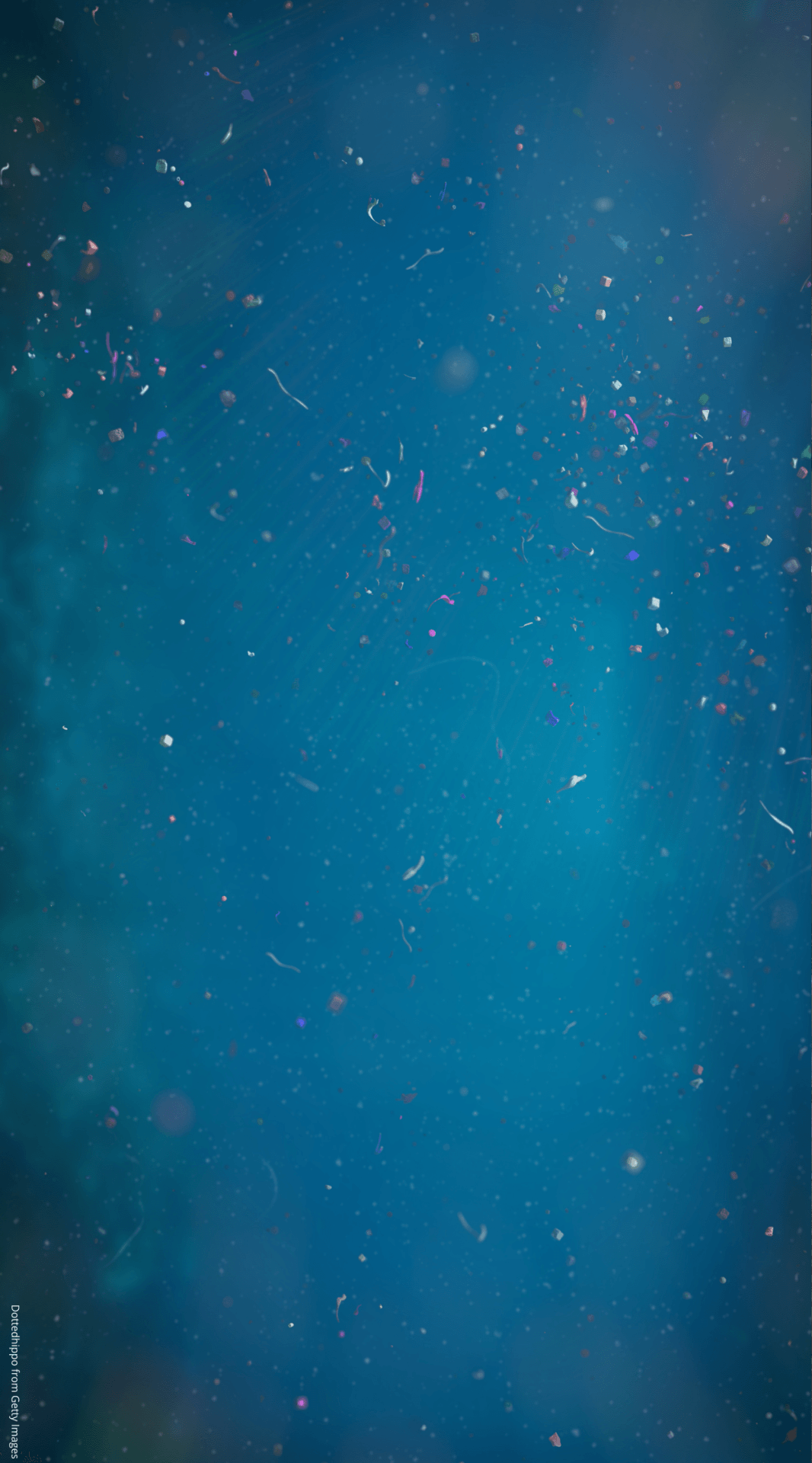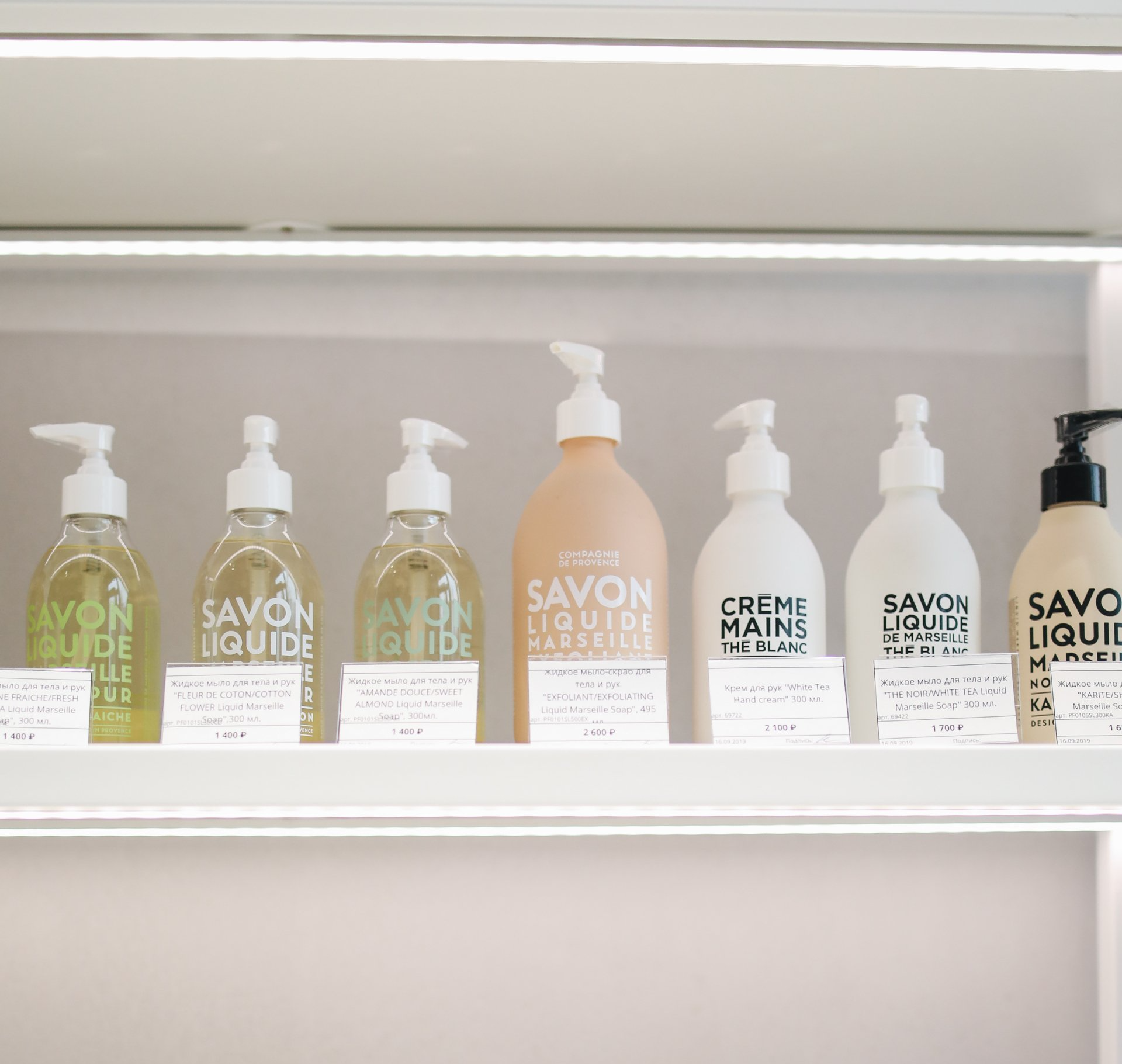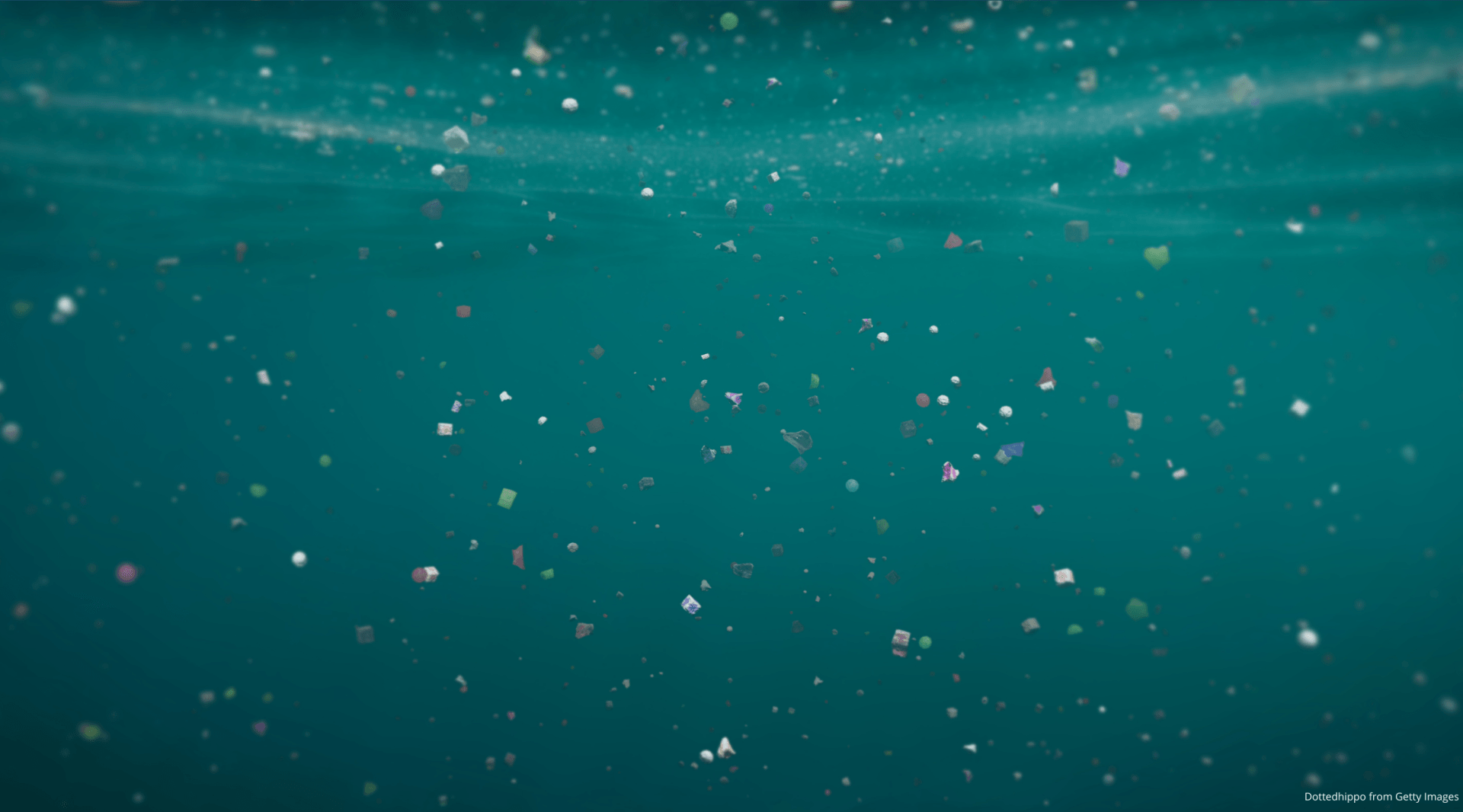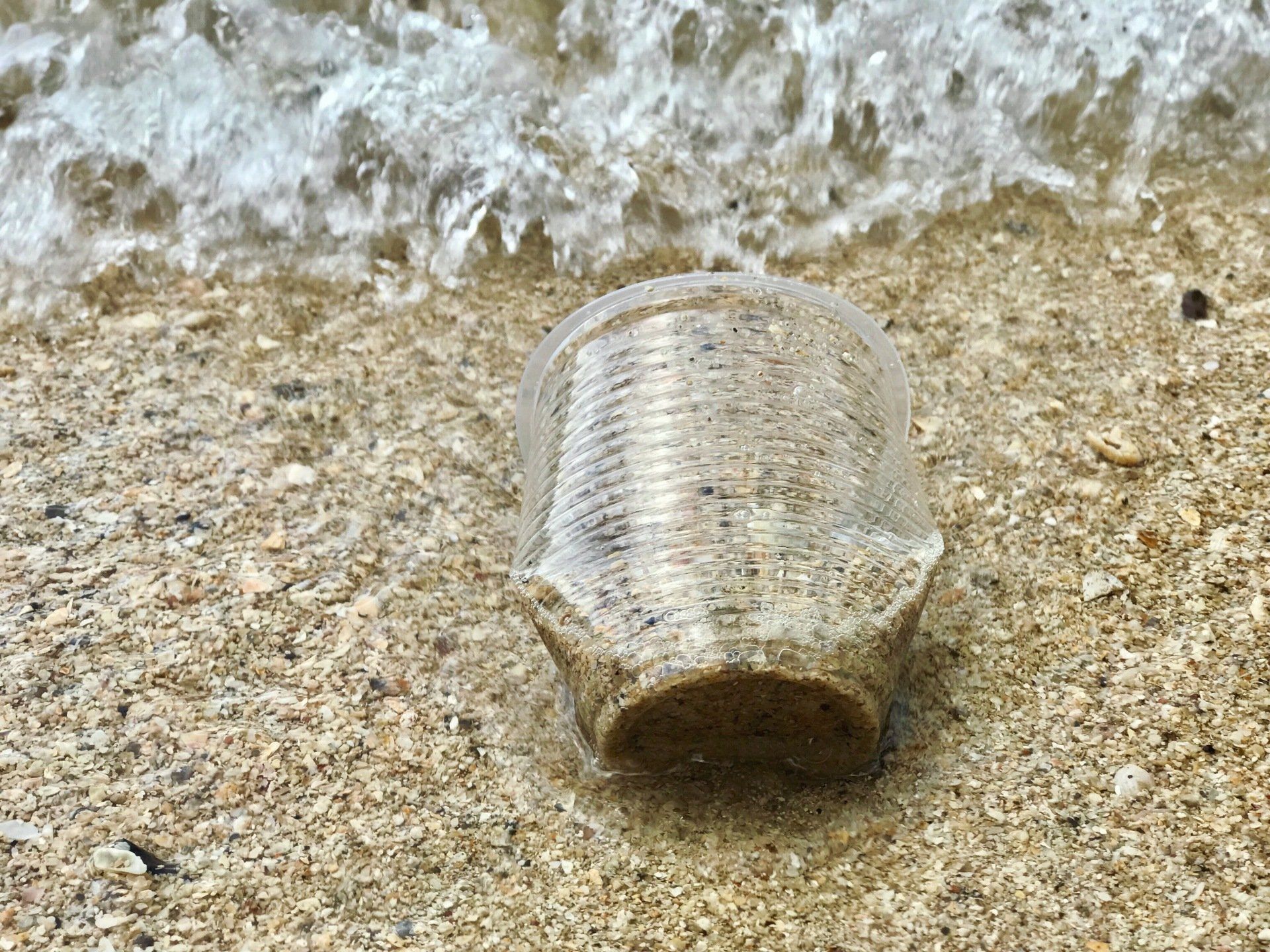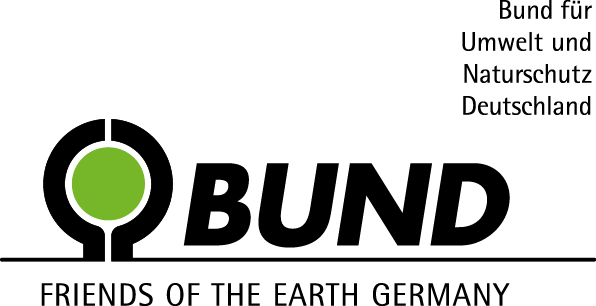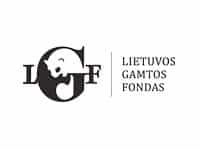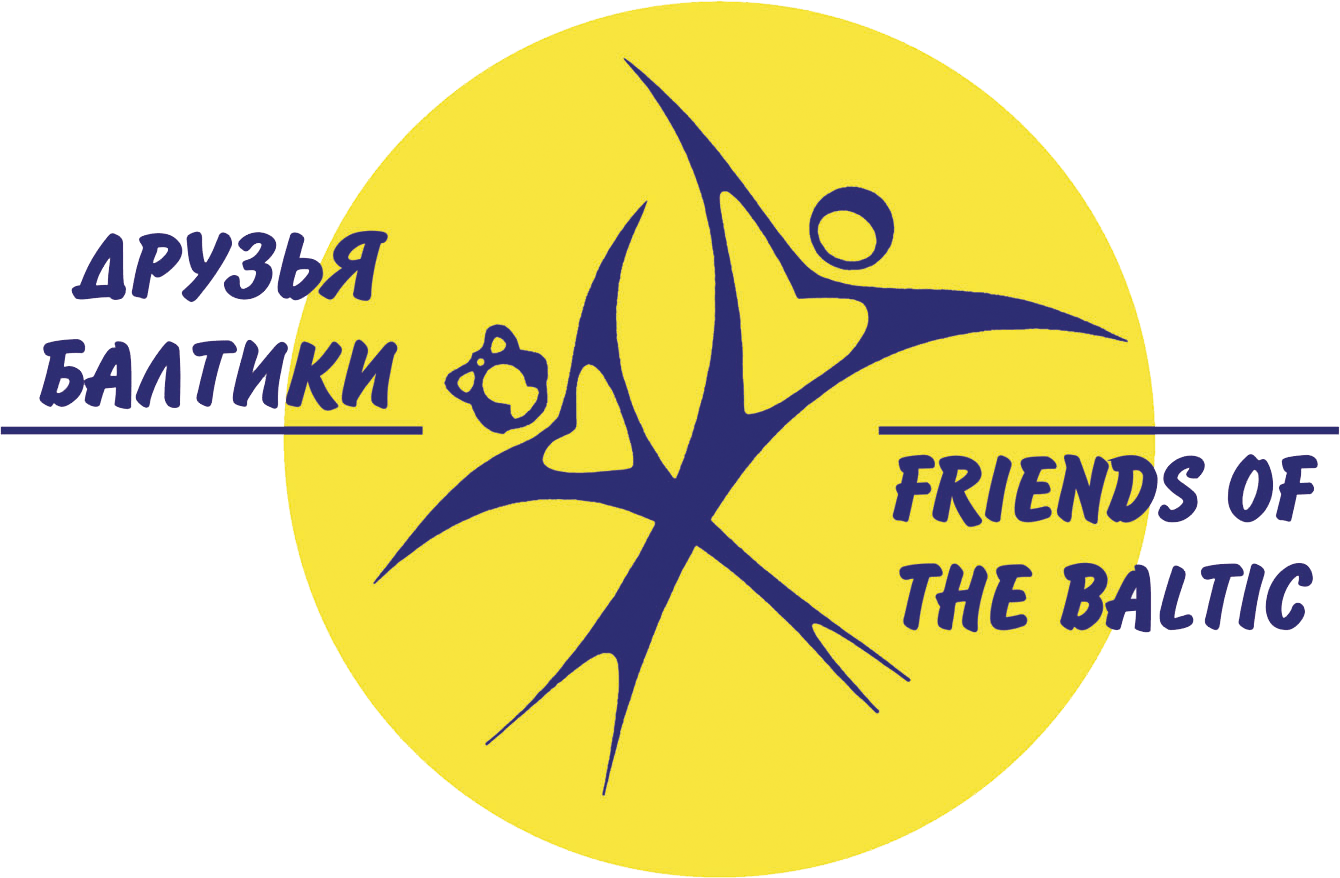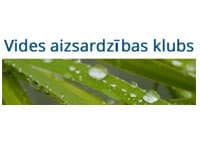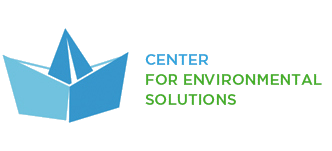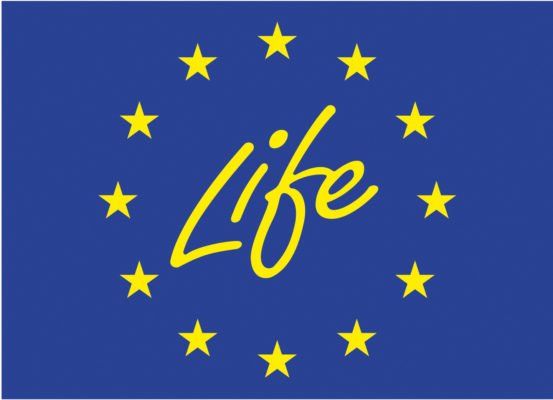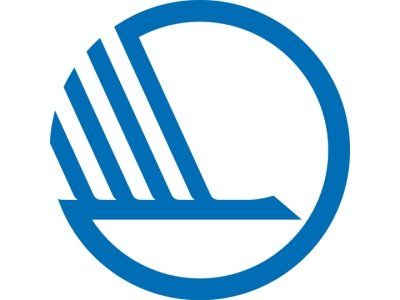Plastic Free Baltic
2017-2018
CCB considers products that contain microplastics to be harmful and unnecessary and that adding microplastics to any consumer product should be banned!
OVERVIEW OF THE ISSUE
The water in the Baltic Sea contains a lot of very small plastic particles collectively known as microplastics since they are so small we almost can’t see them. Some of the main sources of microplastics include personal care products and clothing.
Microplastics are deliberately put into these products and as they get used and washed these plastics pass into the sewage system before eventually finding their way into the marine environment. Unfortunately, waste water treatment plants cannot filter them out because they are so small and there is no way to remove them once they enter the water system.
"PLASTIC FREE BALTIC" IN A NUTSHELL
Microplastic ingredients that you can find in personal care products
| Type of miroplastics (INCI names) | Function in products |
|---|---|
| Polyethylene (PE) | Exfoliating Film formation Viscosity controlling Binder for powders |
| Polypropylene (PP) | Bulking agent Viscosity increasing agent |
| Polyethylene-terephthalate (PET) | Exfoliating Film formation Hair fixative Viscosity controlling Aesthetic agent (e.g. glitters in bubble bath, makeup) |
| Nylon-12 | Bulking Viscosity controlling Opacifying (e.g. wrinkle creams) |
| Polyurethane (PUR) | Bulking agent Viscosity controlling |
| Acrylates Copolymer (AC) | Binder Hair fixative Film formation Suspending agent |
PUBLICATIONS
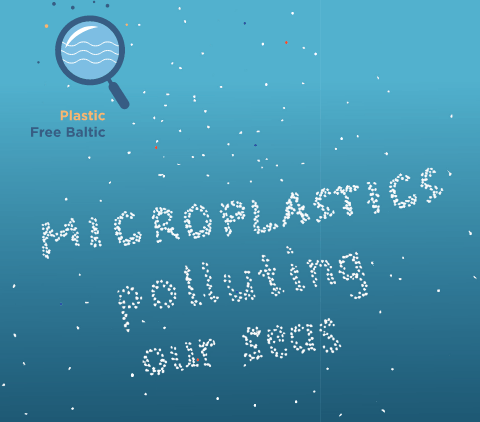
Information Booklet
Products that are known to contain microplastics
MEDIA MATERIALS
For more information:
CCB Secretariat: secretariat (at) ccb.se
